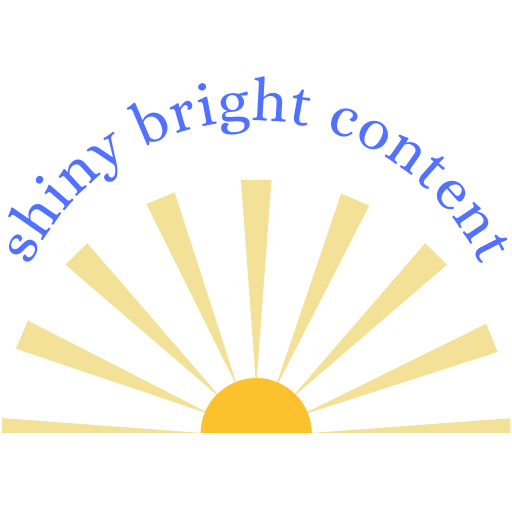When I created my LinkedIn profile in 2008, I’m pretty sure I did exactly this: open a copy of my résumé, Ctrl-C, Ctrl-V, done. I did a lot of odd things on social media in 2008, like playing Farmville and writing Facebook updates in the third person. Monica just planted some potatoes. Times have changed.
Your résumé and your LinkedIn profile have different jobs.
The purpose of your résumé is to convince a recruiter (or, let’s face it, an algorithm) that you’re qualified for a job. This is why résumés tend to be stuffed with jargon, job titles, software programs, certifications, and – if you’re a savvy applicant – many of the exact words used in the job posting. The result is a buzzword-salad bullet list that’s optimized to get you through the candidate screening. Personality is barely relevant to most résumé writers and readers: You can show that once you’ve landed the interview.
LinkedIn has a much broader role. It’s like a billboard for your professional self, a business card with unlimited space, the digital version of your handshake and your elevator speech. Your audience is much broader, too. Unlike a résumé, your LinkedIn profile will be viewed by coworkers, customers, prospective customers, and other business contacts. Whether or not you’re searching for a new job, it should reflect your professional expertise as well as your personal brand.
LinkedIn is mobile.
Most people who view your profile on LinkedIn will be doing so in the mobile app. The professional impression that you make is based on three things: Your photo, your headline, and the first few words of your summary or “About” statement. Here’s how to get them right:

Photo: A professional-quality headshot taken within the last 3-5 years. You should be easily recognizable. If you’ve made a major change to your hairstyle or appearance since your last photo, it’s time for a new one.
Headline: What’s the most important thing for people to know about you? It might be your job title, but it might not be.
About: You can write a long summary statement (and I love a good narrative!), but only the first few words will be visible to people who view your profile in the mobile app. Make sure those words are interesting enough to encourage a reader to click and learn more.
LinkedIn is social.
Your résumé is a relatively static piece of documentation that you might update every year or two when you get a new job or accomplish something big. LinkedIn is a pretty lively place (seriously!) where people regularly share and discuss news articles, blogs, and industry trends. Actively participating in the discourse on LinkedIn is a great way to build your network and meet smart, like-minded people in your industry. When one of those interesting people (who might be your next big client, or your next boss) clicks on your profile, offer them more than just a bullet list of buzzwords. Introduce yourself as the smart, polished professional that you are.

